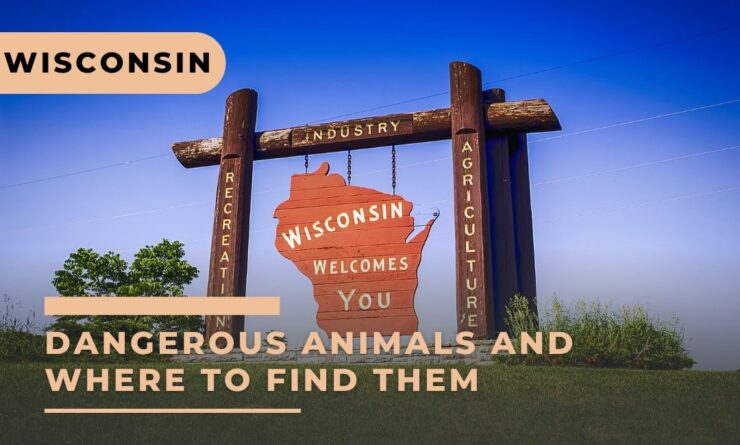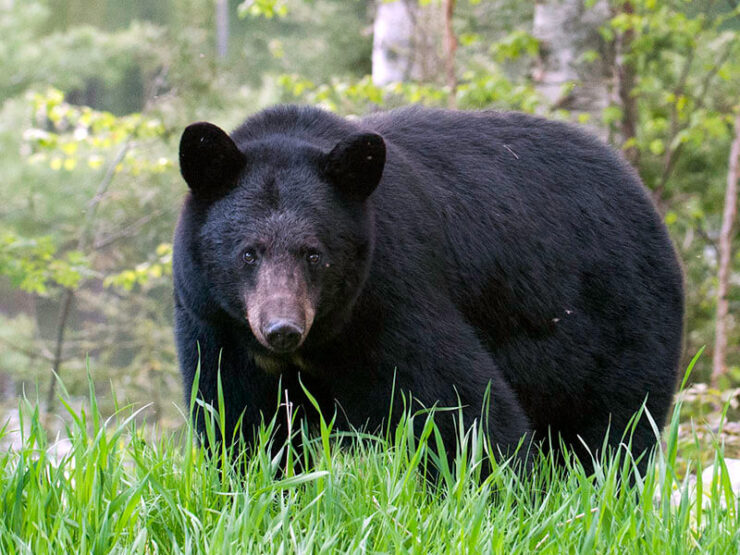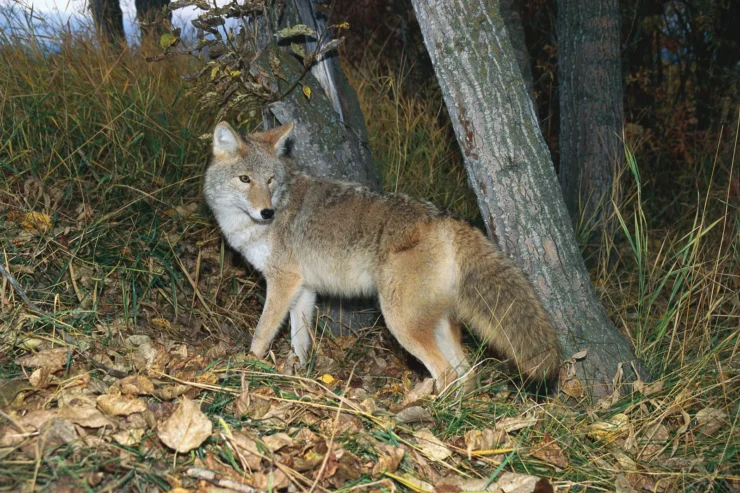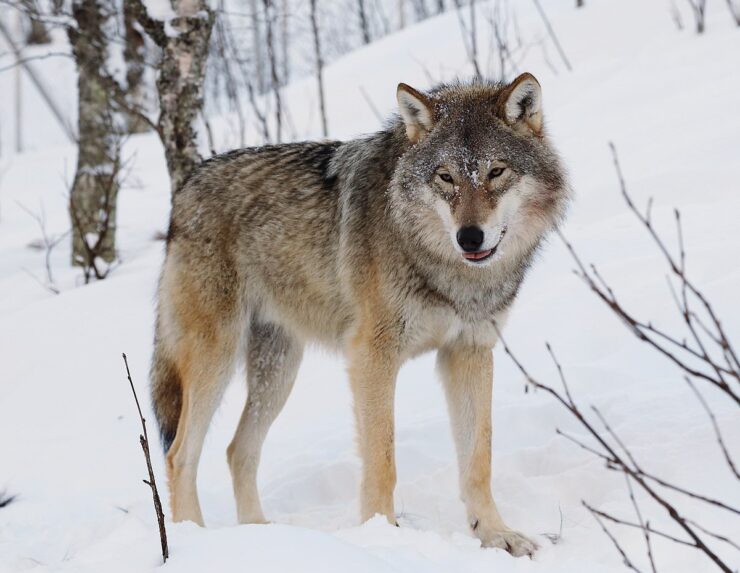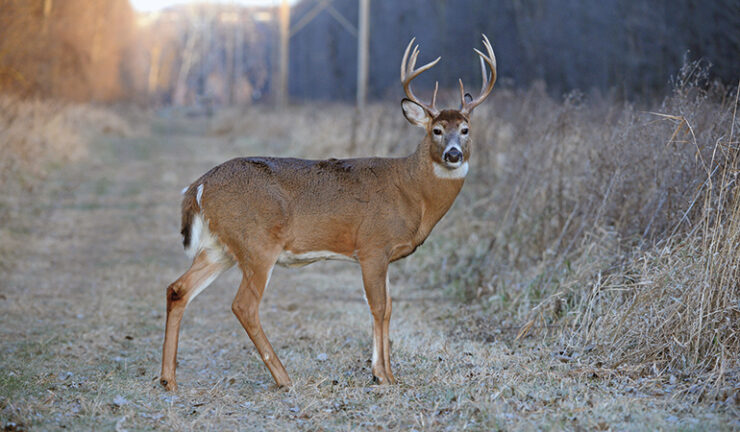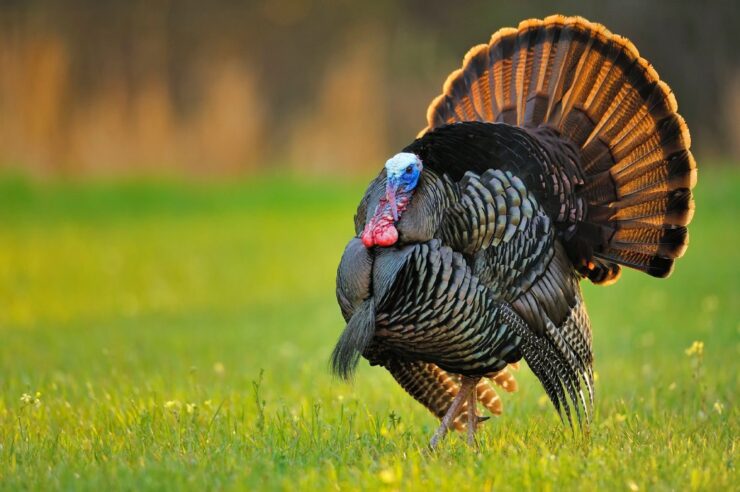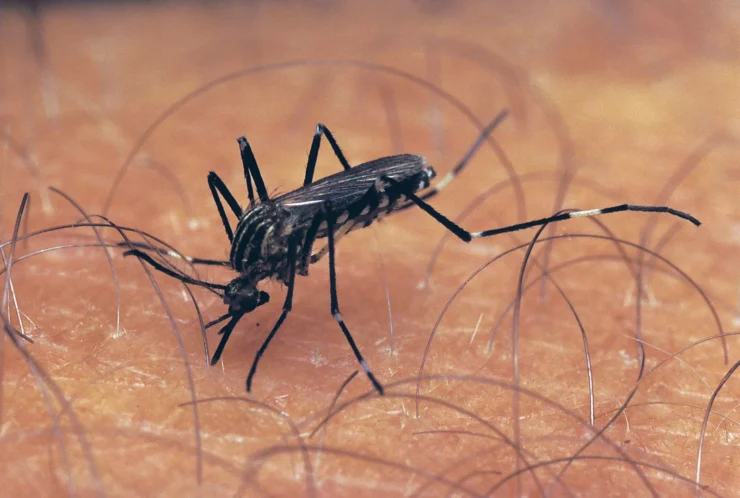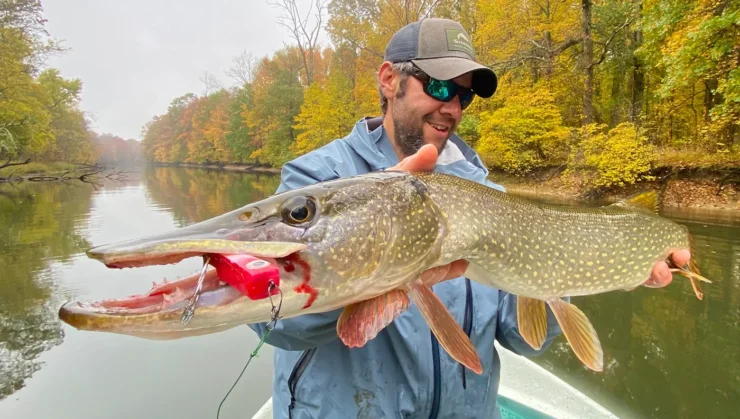Wisconsin, popularly known as “America’s Dairyland” is home to a diverse range of wildlife, including some potentially dangerous species. As humans continue to encroach on their natural habitats, encounters with these animals are becoming more frequent.
This article will delve into the most dangerous animals in Wisconsin and where you’ll likely find them, as well as address some frequently asked questions on the topic.
1. Timber Rattlesnakes: Venomous Serpents in the Forest
The Timber Rattlesnake is the only venomous snake in Wisconsin. While their bites are rarely fatal, they can still be extremely painful and potentially dangerous if not treated promptly.
You can find these elusive serpents in the southwestern and central parts of the state, primarily in wooded areas, rocky hillsides, and grasslands.
2. Black Bears: Formidable Predators in the Wild
Black bears are large, powerful animals that can cause significant harm to humans if they feel threatened. Although they are generally shy and avoid contact with people, it’s crucial to be cautious and keep a safe distance if you encounter one.
Black bears are commonly found in the northern and central regions of Wisconsin, in forests and wetlands.
3. Coyotes: Cunning Hunters on the Prowl
Coyotes, although smaller than wolves, are still formidable predators. They have been known to attack pets, livestock, and even humans on rare occasions.
Coyotes are quite adaptable and can be found throughout Wisconsin, in both rural and urban environments.
4. Gray Wolves: Apex Predators Making a Comeback
Once on the brink of extinction in Wisconsin, gray wolves have made a remarkable comeback thanks to conservation efforts. These apex predators primarily feed on deer and other ungulates but have been known to attack livestock and pets.
Gray wolves inhabit the northern and central parts of Wisconsin, mainly in heavily forested areas.
5. White-tailed Deer: Unexpected Hazards on the Road
While white-tailed deer are not typically considered dangerous, they pose a significant threat to drivers. Collisions between deer and vehicles can result in severe injuries and even fatalities.
Deer are abundant throughout Wisconsin and are especially active during dawn and dusk.
6. Wild Turkeys: Aggressive Birds with a Vicious Kick
Wild turkeys may not be the first animal that comes to mind when thinking about dangerous wildlife, but they can become aggressive when cornered or defending their territory.
Their sharp spurs can inflict painful injuries. Wild turkeys are found all across Wisconsin in various habitats, including forests, grasslands, and agricultural areas.
7. Mosquitoes: Tiny Insects with Deadly Consequences
Mosquitoes are responsible for transmitting various diseases, including West Nile virus and La Crosse encephalitis, both of which can be found in Wisconsin.
These tiny insects thrive in damp environments and can be found throughout the state during the warmer months.
8. Northern Pike: Dangerous Fish Lurking Beneath the Surface
The Northern Pike, a large predatory fish, is considered the most dangerous fish in Wisconsin. With razor-sharp teeth, they can cause painful bites if handled improperly.
Northern pike inhabit many of Wisconsin’s lakes, rivers, and reservoirs, where they prey on smaller fish.
FAQ
What large predators live in Wisconsin?
Wisconsin is home to several large predators, including black bears, gray wolves, and coyotes. These animals typically avoid humans but can be dangerous if they feel threatened or cornered.
Is there anything venomous in Wisconsin?
The Timber Rattlesnake is the only venomous species in Wisconsin. Found in the southwestern and central parts of the state, their bites can be extremely painful and potentially dangerous if left untreated.
What is the most dangerous fish in Wisconsin?
The Northern Pike is considered the most dangerous fish in Wisconsin. With their razor-sharp teeth and aggressive behavior, they can cause painful injuries if mishandled. They are commonly found in the state’s lakes, rivers, and reservoirs.
Conclusion
Although encounters with dangerous animals in Wisconsin are relatively rare, it is essential to be aware of the potential risks when venturing into the great outdoors.
Knowing which species to look out for and where they can be found will help you stay safe and enjoy all the natural beauty that Wisconsin has to offer. Remember to keep a respectful distance from wild animals and report any unusual or aggressive behavior to local authorities.
With a little caution and common sense, you can coexist peacefully with Wisconsin’s diverse and fascinating wildlife.

